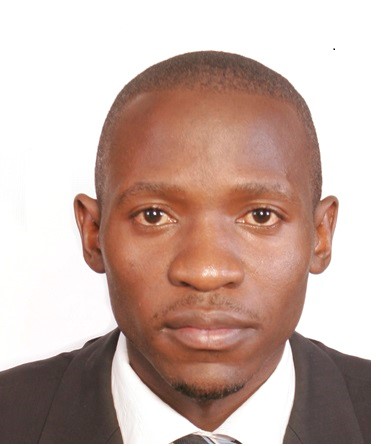
Solution name: PapES
Wasswa William
Non-communicable Diseases
Product or technological
Proof of concept
Rural
Cervical cancer is the fourth most frequent cancer in women with an estimated 570,000 new cases in 2018, representing 6,6% of all female cancers. Approximately 90% of deaths from cervical cancer occurred in low and middle income countries with Uganda ranked 7th among the countries with the highest incidences of cervical cancer in Africa. However, cervical cancer can be prevented through regular screening and pap-smear screening. This is the most successful attempt at early detection. But the manual analysis of the pap-smear images is time consuming, laborious, subjective and error-prone. Cervical cancer risk factor analysis is not sufficiently incorporated into the screening process. Furthermore, most of the available digital microscopes used for pap-smear analysis are expensive and have had limited impact in low and middle income countries. The low-cost microscopes do not offer the possibility of digitising the pap-smears for later analysis or telemedicine support and are manually controlled hence require experienced cytotechnicians to operate, who are also few in number in low and middle income countries.
Wasswa William is a young Ugandan currently studying his PhD at Mbarara University of Science and Technology in Uganda. He holds a MMedSci. Biomedical Engineering from University of Cape Town, South Africa. After completing extensive research on cervical cancer, the initial development of PapES was based on online cervical cell datasets to develop algorithms for segmentation, feature extraction and classification. Later, the tool was evaluated with pap-smear slides from the pathology unit at Mbarara Regional Referral Hospital. Under the department of Biomedical Sciences and Engineering, PapES, has been developed for automated diagnosis and classification of cervical cancer from pap-smear images but is particularly pertinent to resource-constrained areas and could be of significant benefit to developing economies. The tool also takes into consideration the patient’s cervical cancer risk factors. A cytopathologist analyses the patient’s cervical cancer risk factors and the tool generates a result on the possibility of cervical cancer. Subsequently, the cytopathologist can upload the pap-smear to segment the image using the developed techniques and extract cell features. The tool can then give the diagnosis and stage of cervical cancer, as per the cervix cell changes from the pap-smear. A low-cost automated digital microscope slide scanner has also been developed to acquire quick, reliable and high-resolution digital pap-smear images from the pap-smear slides for automated analysis. The tool will be complemented by the development of an AI empowered integrated cervical cancer patients’ information management expert system (CIMES). This system will be able to make predictions on the recurrence of cervical cancer based on available patient specific data.
